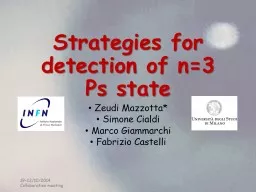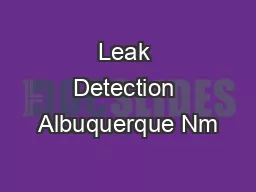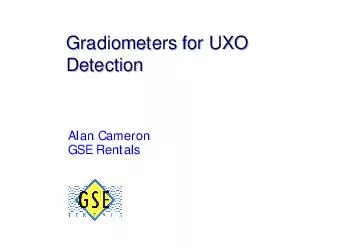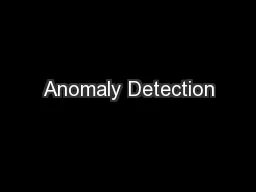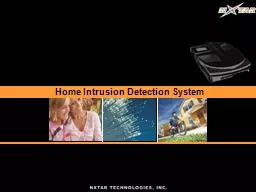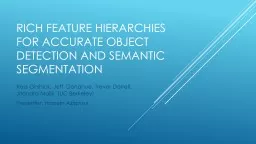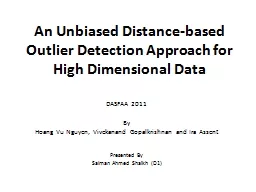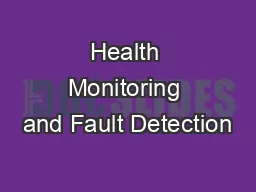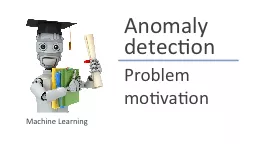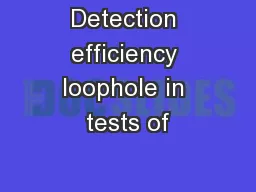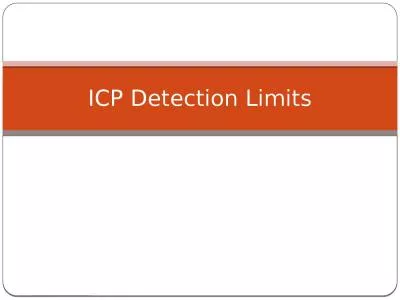PPT-Strategies for the detection
Author : luanne-stotts | Published Date : 2015-11-23
of n3 and Rydberg Positronium levels in the experiment Zeudi Mazzotta Supervisor Fabrizio Castelli 1 AEGIS AEGIS OUTLINE 17112014 First Year Workshop 2 The
Presentation Embed Code
Download Presentation
Download Presentation The PPT/PDF document "Strategies for the detection" is the property of its rightful owner. Permission is granted to download and print the materials on this website for personal, non-commercial use only, and to display it on your personal computer provided you do not modify the materials and that you retain all copyright notices contained in the materials. By downloading content from our website, you accept the terms of this agreement.
Strategies for the detection: Transcript
Download Rules Of Document
"Strategies for the detection"The content belongs to its owner. You may download and print it for personal use, without modification, and keep all copyright notices. By downloading, you agree to these terms.
Related Documents

